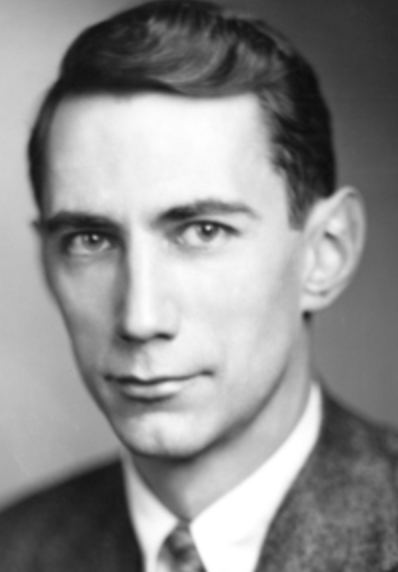On this date in 1916, Claude Elwood Shannon was born in Petoskey, Mich. He grew up in Gaylord, where he attended public schools and showed a talent for mathematics and engineering. He received a B.S. in mathematics and electrical engineering from the University of Michigan in 1936, then went on to MIT for graduate studies. While working with a mechanical computer called the Differential Analyzer, Shannon came up with the idea for a computer in which numbers would be represented by states of electrical circuits rather than ratios of gears.
He published this work in a master’s thesis which outlined the use of Boolean logic and binary numbers in a digital computer. He then earned his Ph.D. in mathematics in 1940. In 1948 he published a paper, “A Mathematical Theory of Communication,” which is regarded as the foundation of information theory, in which he defined the bit and discussed the mathematics of communication problems. At that time he was attached to Bell Labs, which had just developed the transistor, a technology that greatly improved the viability of the electronic computer.
Starting in the 1950s, technological advances which depended on Shannon’s work were changing the world on a regular basis. His later interests included artificial intelligence, card-counting, finance and juggling (the subject of his last published paper). In the 1950s he also devised a program for a chess-playing computer.
Shannon married Norma Levor, a wealthy Jewish intellectual in 1940 but divorced after about a year. In 1949 he married Mary Elizabeth “Betty” Moore when she was a numerical analyst at Bell Labs. She worked with him on some of his inventions. They had three children. Although Shannon lived into the digital age, he was unaware of later developments due to Alzheimer’s. He lived in a nursing home the last eight years of his life, dying at age 84. (D. 2001)


